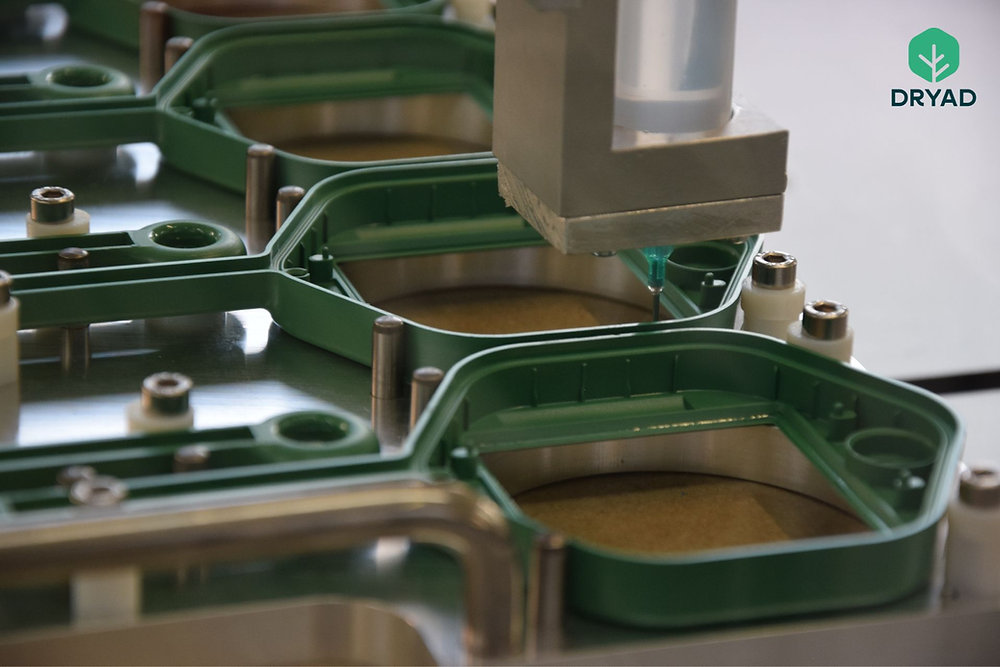GStocks123
Regular
Anyone end up posting Anil’s recent chat a Linley Falls? Or not available yet?
Bearing this in mind event based vision that does not process vision in frames with gaps but is continuous like human vision (excluding blinks) would make sense.Say a hypersonic missile was travelling at 5000 kph. That's almost 1400 m/s. You are going to need real time detection and path prediction ... and lots of luck.
I would think that a hypersonic missile would leave a very bright line on a DVS "retina".Bearing this in mind event based vision that does not process vision in frames with gaps but is continuous like human vision (excluding blinks) would make sense.
My opinion only DYOR
FF
AKIDA BALLISTA
I think what we have here is a case of implausible deniability.Well I just did a quick google search on WSU presenters as noted by white horse saying they have only heard of Akida but not using them. Well here is only a snippet (attachments) and I feel no need for more to be said about if there is any question that there is more to it. Unfortunately some of this was found on the other forum back sometime in 2021 BRN thread but then I linked it to another person at WSU from a previous message with a special someone. All I’m trying to establish is there is more to it and I feel we can be confident there is more to it with WSU that it’s BS they have only heard of BRN. Really that is too funny what was apparently said to white horse by the presenters
I think what we have here is a case of implausible deniability.

 www.dryad.net
www.dryad.net
Carsten BrinkschulteWe have received pre-orders for more than 7,000 sensors already and we are planning to manufacture an additional 230,000 next year."
I admit that I don't (can't) quite follow the discussion.Hi FF,
I tend to disagree.
At the age of 71, I consider myself to be a good listener and reader of body language.
And to those that have tended to dismiss my report with a degree of offhandedness, I suggest they research the people involved in the presentations (especially André van Schaik) more deeply.
And never underestimate the ability of pride to stand in the way of the right decision.
Knew I knew Andrés name.Hi FF,
I tend to disagree.
At the age of 71, I consider myself to be a good listener and reader of body language.
And to those that have tended to dismiss my report with a degree of offhandedness, I suggest they research the people involved in the presentations (especially André van Schaik) more deeply.
And never underestimate the ability of pride to stand in the way of the right decision.


 www.nextplatform.com
www.nextplatform.com
I fear the following is the crux of where we are at the moment with Brainchip in its evolution of being used to create solutions to real world problems:I admit that I don't quite follow the discussion.
But first I read this at Brainchip: "CNNs provide state-of-the-art performance on many ML tasks but can be further augmented with neuromorphic inspired learning rules to enable on-chip learning and preserve customer privacy."
And then Schaik makes this statement directly on the next page:
"The ‘smarts’ in such devices are often that these devices don’t just measure their environment, or operate independently of it, but instead perceive their environment and make decisions on how to act based on these observations. This is precisely what neural systems in biology have evolved for, hence the promise of neuromorphic engineering which takes its inspiration from such biological neural systems."
But/and:
"This growth in interest and funding is great for the field, but it is now up to us, Neuromorphic Engineers, to deliver on some of these promises and develop practical applications and do so within the next five years. Without such applications, I fear industry will conclude that Neuromorphic Engineering cannot deliver on its promises, and research funding will dry up. Thus, I argue for a s trong applied research focus for the field, at least until we have demonstrated that we can indeed provide solutions to existing problems. In this talk I will present some of the applications of neuromorphic technology we are developing at the Internation al Centre for Neuromorphic Engineering and will highlight our worldfirst Master of Neuromorphic Engineering degree to train the next generation of Neuromorphic Engineers. tinyML Neuromorphic Engineering Forum"
Don't misunderstand, I don't want to read anything into it where there probably isn't anything, or I don't understand the context as mentioned.
https://www.tinyml.org/static/06ff5...omorphic-Engineering-Forum-Talks-Overview.pdf
I believe we will see, and probably quite soon also, products that utilize NVM (and specifically ReRAM) to "look" like they are in competition with Akida—at the very low end of the market, single purpose, "looks" intelligent kind of thing.This company has been previously chopped up by @Diogenese and myself but even this article at the end confirms it’s not coming to a shop near you this decade:
“There are big challenges there,” said Tony Kenyon, a nanotechnology researcher at University College London. “But we still might want to move in that direction, because … chances are that you will have greater energy efficiency if you’re using very sparse spikes.” To run algorithms that spike on the current NeuRRAM chip would likely require a totally different architecture, though, Kenyon noted.
For now, the energy efficiency the team accomplished while running large AI algorithms on the NeuRRAM chip has created new hope that memory technologies may represent the future of computing with AI. Maybe one day we’ll even be able to match the human brain’s 86 billion neurons and the trillions of synapses that connect them without running out of power”
My opinion only DYOR
FF
AKIDA BALLISTA

I’ve been trying to find links with Thales but I’m sure secrecy is an important thing in this sector. This was interesting anyway.Bearing this in mind event based vision that does not process vision in frames with gaps but is continuous like human vision (excluding blinks) would make sense.
My opinion only DYOR
FF
AKIDA BALLISTA

Old headI fear the following is the crux of where we are at the moment with Brainchip in its evolution of being used to create solutions to real world problems:
"Neuromorphic Engineers, to deliver on some of these promises and develop practical applications and do so within the next five years."
In Akida, we have a brilliant technology, but the public, and investors, can't yet perceive just how great it is without real products and real solutions to existing problems. Hell, some of the solutions being worked on are to problems that don't even exist. It must be a difficult space to work in, and a difficult arena to convince senior management to invest time, effort, and money in.
We all saw the excitement created by a single Mercedes announcement, the investing world seems to be hanging out looking for some confirmation of the technology. We simply need a couple of more products and announcements about them.
I was of the thinking that NaNose would be just the thing. How cool would it be to be able to detect covid-19 by a breath sample into a hand-held device! There would have been one of these units at the door to pretty much EVERY public access point in the world with condition of entry based on the unit not detecting covid-19. This would have been timely too if it came out with a workable product in the middle of the covid crisis. But I fear they are trying to come to market with a panacea product which is delaying its release. It's starting to look like the car Homer Simpson designed.
I wonder if that is the problem with ALL solutions employing Akida. I suspect initial solutions are come by quite swiftly, but then the developers, noticing the full potential of Akida, have many Eureka moments and realize a plethora of improvements they want to come to market with. It's time a bean counter needs to stick their neck out and real in the developers to come to market with ANYTHING that works. A first version of anything will do! If it includes Akida, we know it will be far superior to anything else out there. Just Do It! View attachment 21967
'First to market' is crucial with new technologies. 'Best product' almost never wins when it jumps into a pond full of inferior products that are already incumbent in the market-place.
